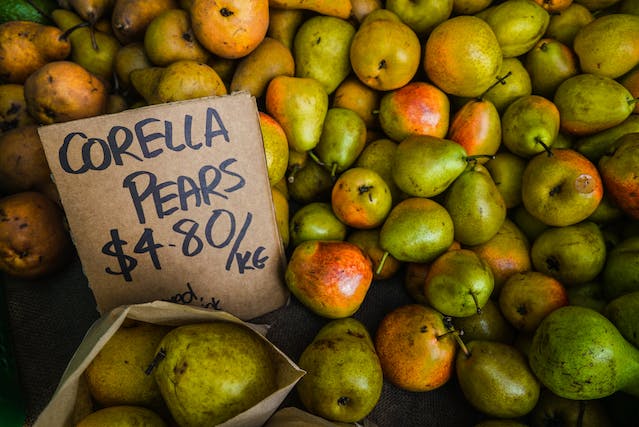
What is price elasticity of demand? It is a measure of how much demand for a product changes depending on its price.
An object’s elasticity is how much it can stretch. The elasticity of rubber is obviously higher than that of steel. In economics, the elasticity of a price is how much that price can stretch. We know the relationship between supply and demand. If the supply of something is low and demand is high, the price will probably be high. Conversely, if the supply of something is high, but the demand is low, the price will probably be low. Rarity increases the price while a glut of the product lowers the price. Price elasticity is similar to that, but it looks at how the price of a product affects the demand, rather than how the supply and the demand affect the price.
Here is an example of price elasticity of demand. The price of airline tickets are decided by each airline, taking into consideration the competition. When the price of airline tickets go up, the number of people that fly goes down. People decide that they can’t afford the expense and postpone their trip, or travel in their own countries. If the price of airline tickets go down, more people will fly.
Not all products have this effect and we have elastic products and inelastic products. Elastic products are ones where demand decreases as the price goes up, such as the airline ticket example I just used. Inelastic products are products where demand doesn’t change as the price increases. Gasoline is a very good example of this. As gasoline prices go up, people still buy the same amount of gasoline because they don’t have any choice. They still have to do the same amount of driving. Generally, they make other sacrifices in their lives to be able to afford the gasoline. Food is the same. If the price of food goes up, people still have to buy it. So, elastic products are products that we want but can afford to do without. Inelastic products are products that we need no matter how much they cost.
There are several things that affect the elasticity of a product. The first one is how easily people can substitute a different product. If you like Oreo cookies, for example, but they put the price up, you will have no trouble switching to Chips Ahoy. There are plenty of alternatives, so the price is very elastic. Secondly, how urgent the purchase is. If you want to buy a new computer, but your current computer still works, the price of new computers will greatly affect your choice. If the price goes up, you won’t buy a new computer and if the price goes down, you probably will. The third thing is brand recognition. The price of Apple products never go down, but demand doesn’t fall. There is more at stake than simply money for these people. And, the fourth thing, is addictiveness. The price of cigarettes in many countries has gone up year on year, yet the number of people who smoke has not fallen. It fell to begin with, but the people that still smoke are so addicted that they will smoke no matter what the cost. Illegal drugs are another example of this. People will find the money, no matter what, so demand does not fall.
Some products are known as Giffen goods, named for Sir Robert Giffen. Giffen goods are products that increase in demand even when their price increases, although, through necessary and not choice. Robert Giffen showed how this happens in 1890. When the price of a staple food increases, the poorer people in society can no longer afford to buy other food items and their consumption of the now more expensive staple food increases. Giffen used the price of bread as an example. The price of bread rose to a point where poorer people could no longer afford to buy meat. To make up for the loss of other food, they then had to buy more bread to get enough calories. Despite the price going up, demand increased. The same thing happened in the Irish potato famine. The price of potatoes rose, and people bought more potatoes and less meat.
There is another product, called a Veblen good, where demand conversely rises with a price rise. These goods are named after Thorstein Veblen, who noticed the trend. Luxury items, such as cars, jewelry, champagne, and watches, have a rise in demand as their price goes up. Wealthy people see them as status symbols and believe that they are paying for quality. These products tend to be the exception because the majority of people cannot afford them. Generally, most products have price elasticity of demand, unless they are necessities. And this is what I learned today.
Photo by Wendy Wei: https://www.pexels.com/photo/green-and-orange-corella-pear-fruit-lot-1656665/
Sources
https://www.investopedia.com/terms/p/priceelasticity.asp
https://www.investopedia.com/terms/l/law-of-supply-demand.asp
https://hbr.org/2015/08/a-refresher-on-price-elasticity
https://en.wikipedia.org/wiki/Price_elasticity_of_demand
https://en.wikipedia.org/wiki/Giffen_good
https://en.wikipedia.org/wiki/Veblen_good
https://www.symson.com/blog/6-price-elasticity-of-demand-examples
